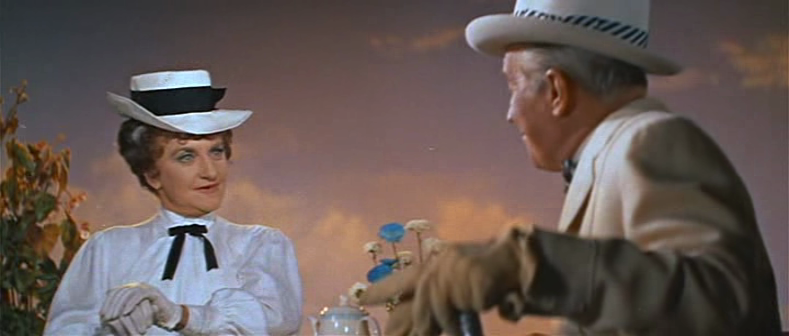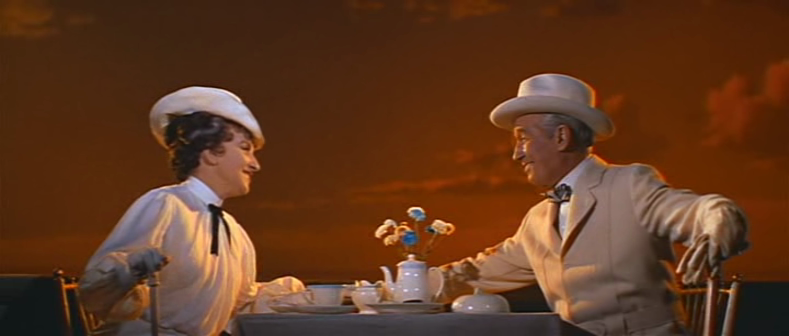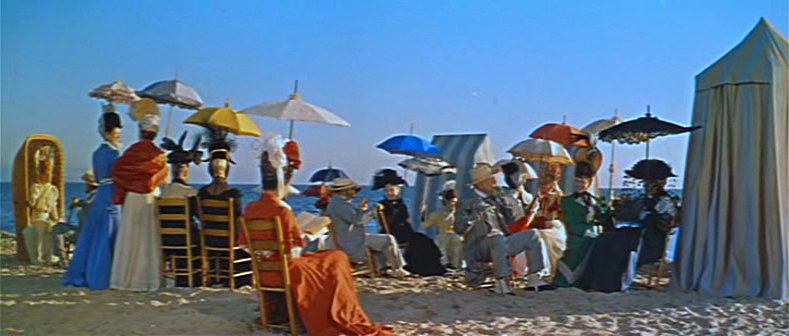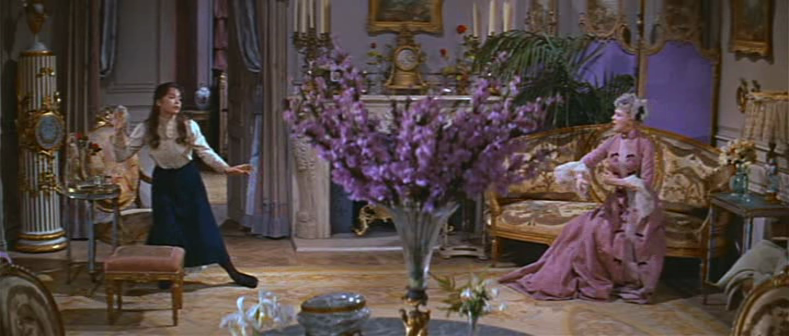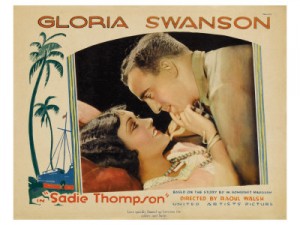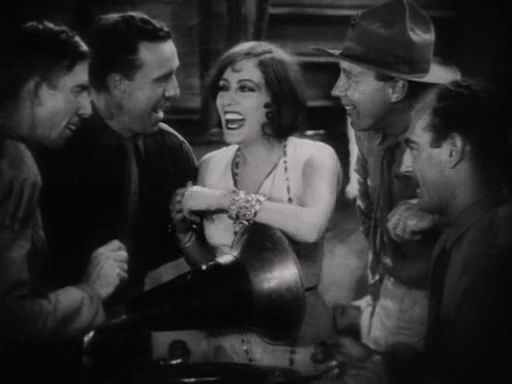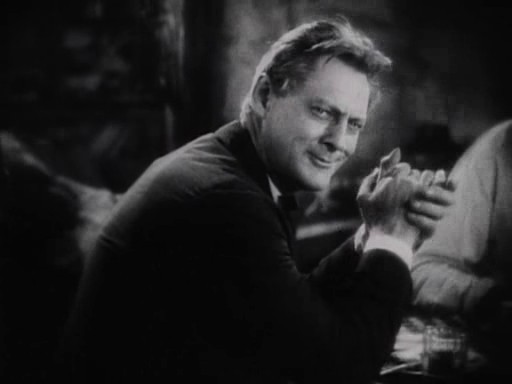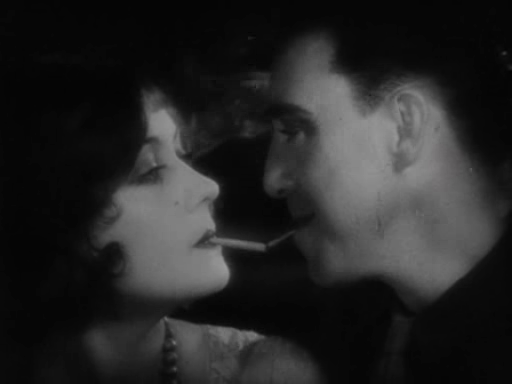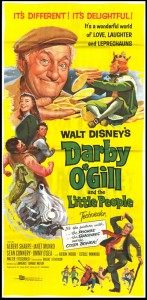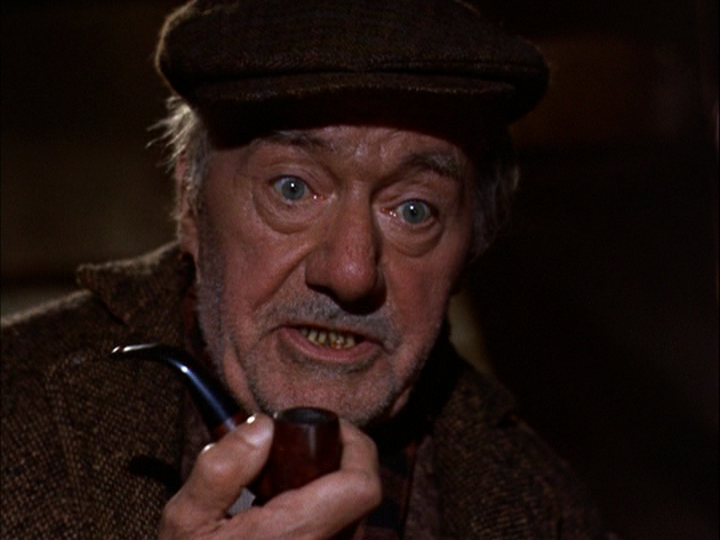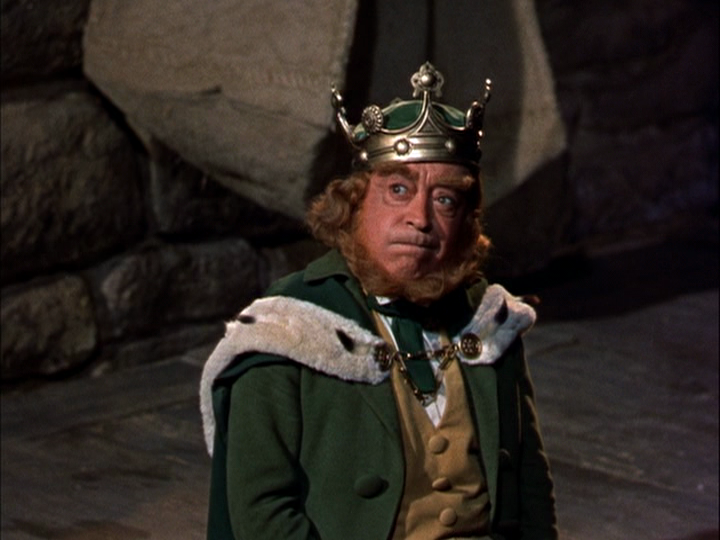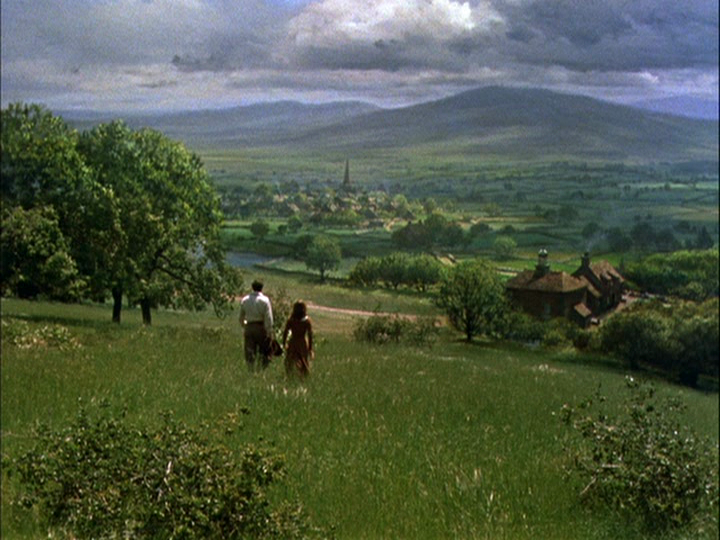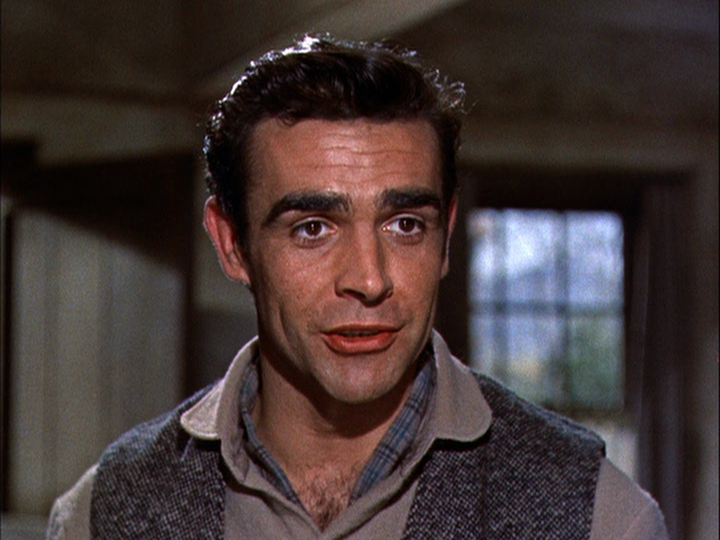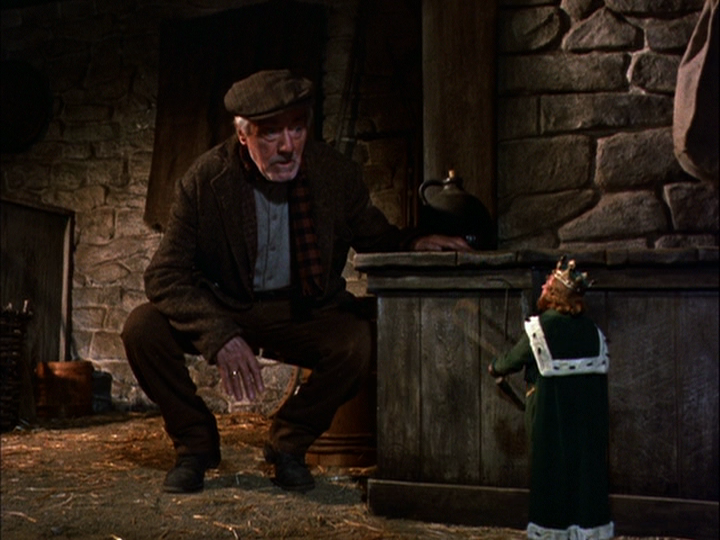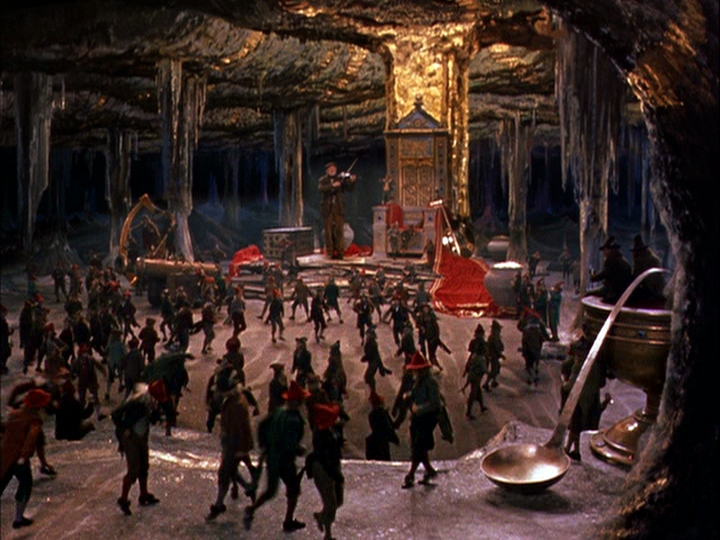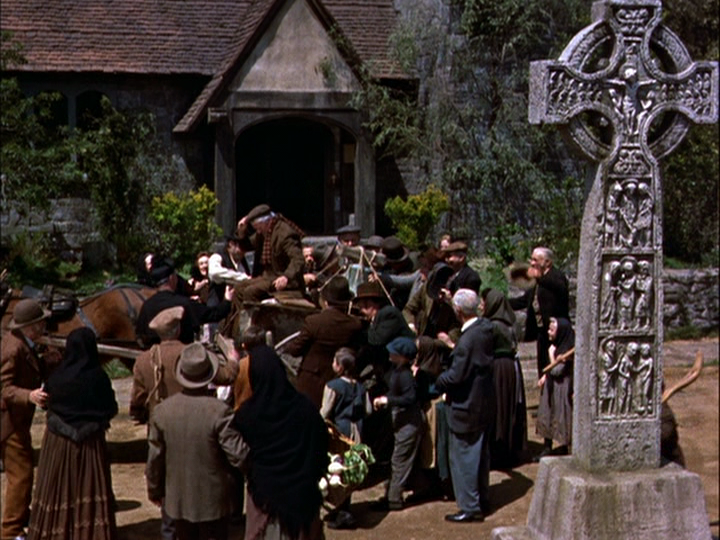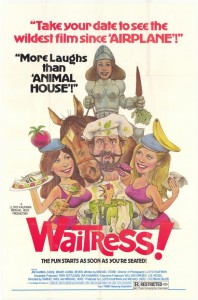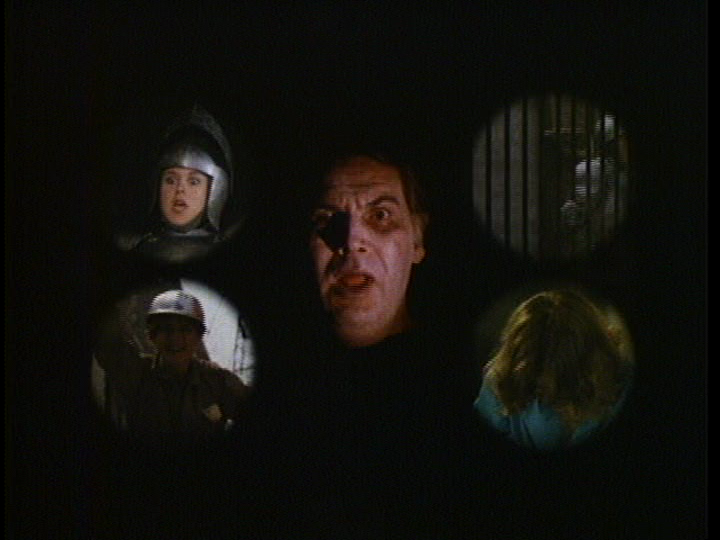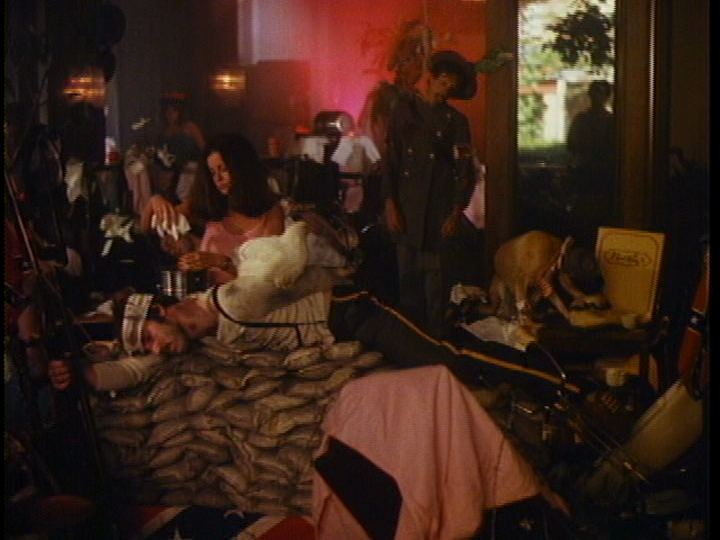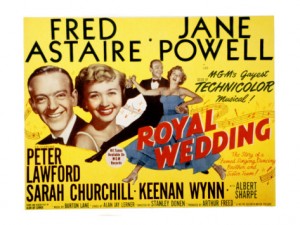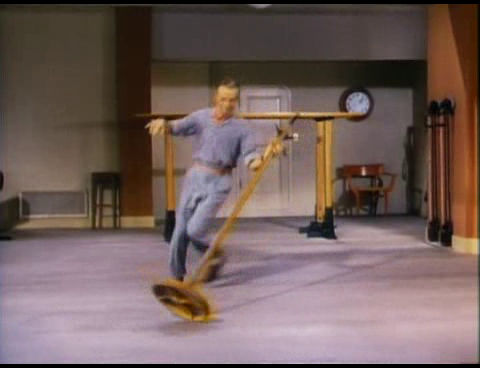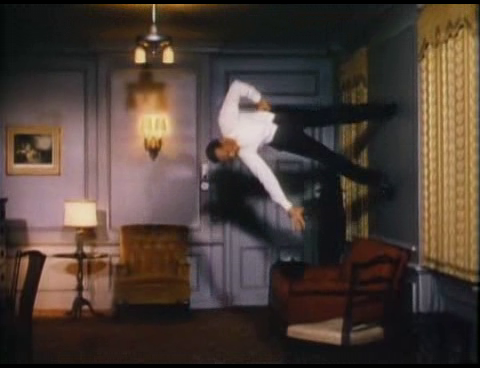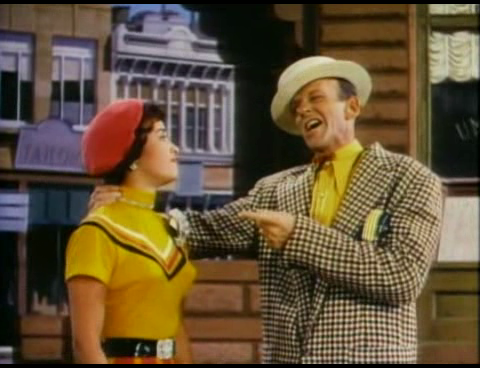|
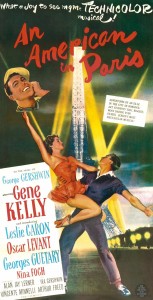
Synopsis:
An aspiring painter (Gene Kelly) in post-WWII Paris, living in the same building as his piano-playing buddy (Oscar Levant), is discovered by a beautiful patroness (Nina Foch) who hopes Kelly will become her new lover; meanwhile, Kelly falls in love with a shopgirl (Leslie Caron) he spies in a restaurant, not realizing that she’s engaged to the man (Georges Guétary) who kept her safe during the war.
|
|
Genres, Themes, Actors, and Directors:
- Artists
- Expatriates
- Gene Kelly Films
- Leslie Caron Films
- Love Triangle
- Musicals
- Oscar Levant Films
- Romance
- Vincente Minnelli Films
Response to Peary’s Review:
As Peary writes, it’s too bad that the “potentially interesting storyline” for this “lavish M-G-M musical” is “given short shrift by Alan Jay Lerner”, who fails to exploit what should be the “intriguing relationships” between the four romantic leads. He argues that “instead of a steamy, complicated love affair between Kelly and Caron… their romance is movie-musical predictable” and “too proper”, and he notes that “Caron’s character, who no doubt had an interesting past, is very artificial”. He accurately points out that while “it’s nice to see her dance” (she’s given a clever introduction in a colorful montage early in the film), she “doesn’t yet look like a romantic lead”; he quips that “they hadn’t figured out her makeup, I suppose”, which isn’t all that far off the mark, given that she’s not nearly as attractive as she appears in her later films.
Peary further posits that “Minnelli’s elegant balletic style of dancing is too tame for [Kelly]” — though he concedes that Kelly is finally allowed to “let loose in the extravagant 20-minute musical finale” which features “several striking ballet interludes”; he notes that with its “imaginative use of color, costumes, and sets to create scenes in the styles of French artists … it is [indeed] one of the best production numbers in cinema history”. He argues that “the other, shorter song-and-dance numbers shouldn’t suffer so badly in comparison” — but I don’t quite agree with this sentiment; I’m fond of Kelly performing “I Got Rhythm” with a group of street kids, as well as his joy-filled tap dance routine to “Tra-la-la (This Time It’s Really Love)” in his friend Jerry’s apartment.
The primary problem with An American in Paris is its insufficiently developed storyline. Kelly’s crush on Caron is so paper-thin (especially given, as noted above, that she’s not particularly stunning — and he doesn’t see her opening dance sequence, as we do) that we simply can’t understand his instant obsession; meanwhile, Levant’s character is little more than a standard comedic foil, and Guetary is essentially a one-dimensional sap. What we’re left to enjoy are the stunningly vibrant Technicolor sound stage sets, fun costumes (particularly during the black-and-white ball), the Gershwin brothers’ incomparable score, and world-class dance routines — but without a suitable narrative to back all this up, An American in Paris comes up sadly short. It’s certainly worth at least a one-time look, but hasn’t endured as one of the best MGM musicals.
Redeeming Qualities and Moments:
- Caron’s impressive dancing in her cinematic “introduction”
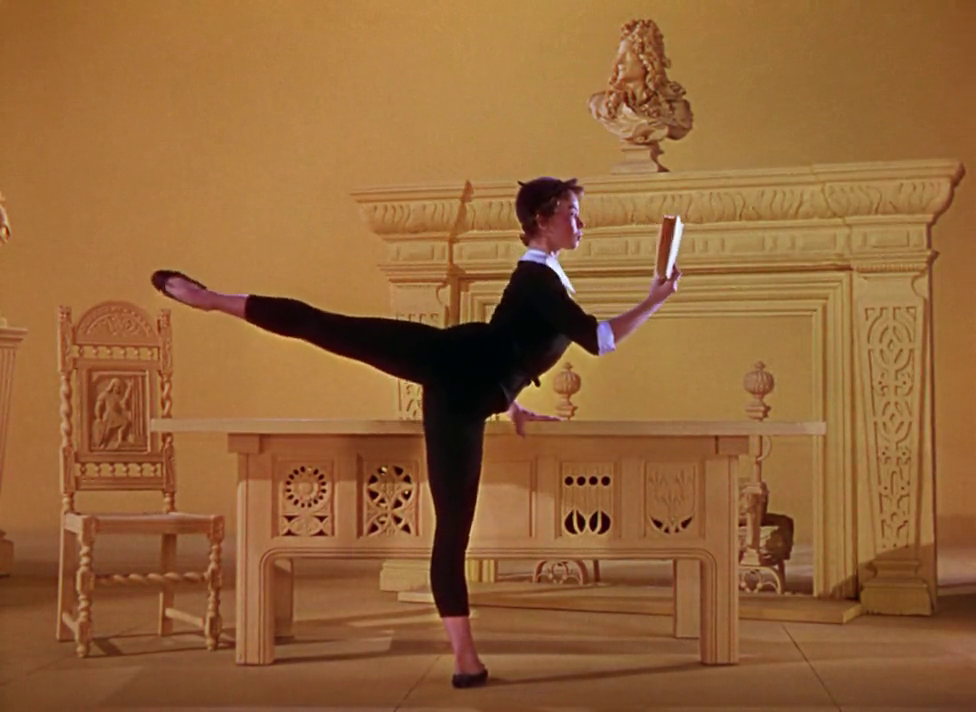
- Kelly performing “I Got Rhythm”

- Vibrant Technicolor cinematography

- Impressive sets and costumes
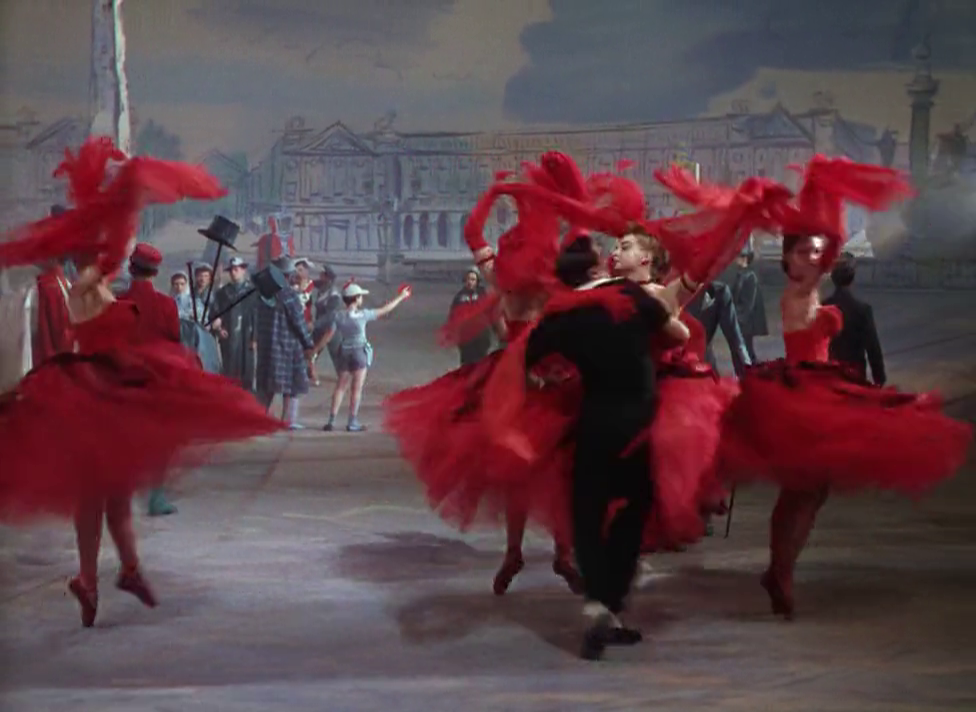
- The justifiably lauded ballet finale
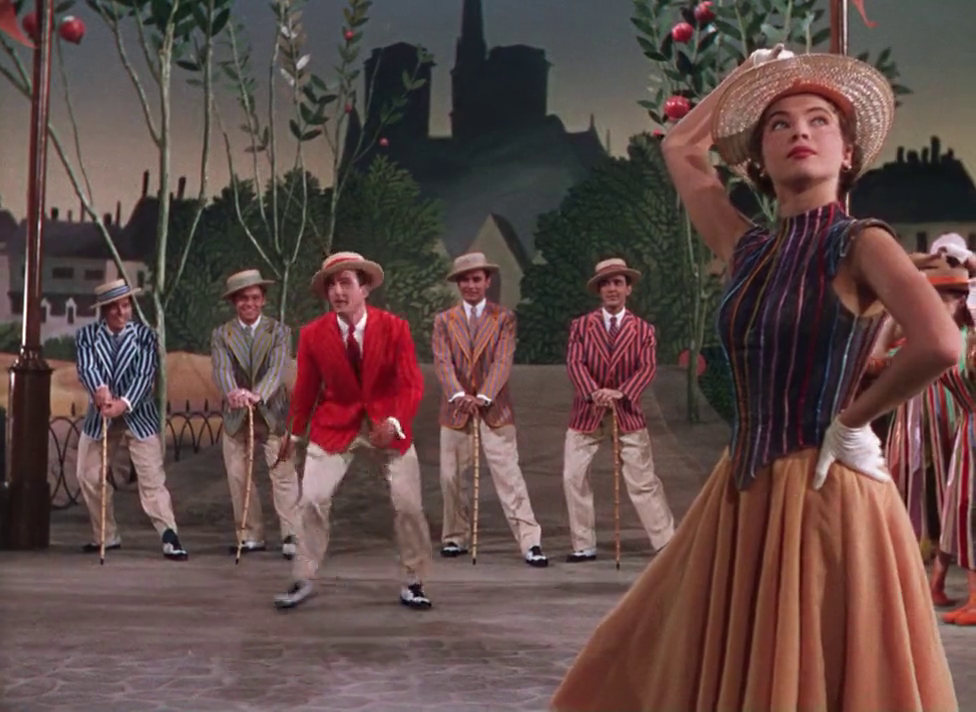
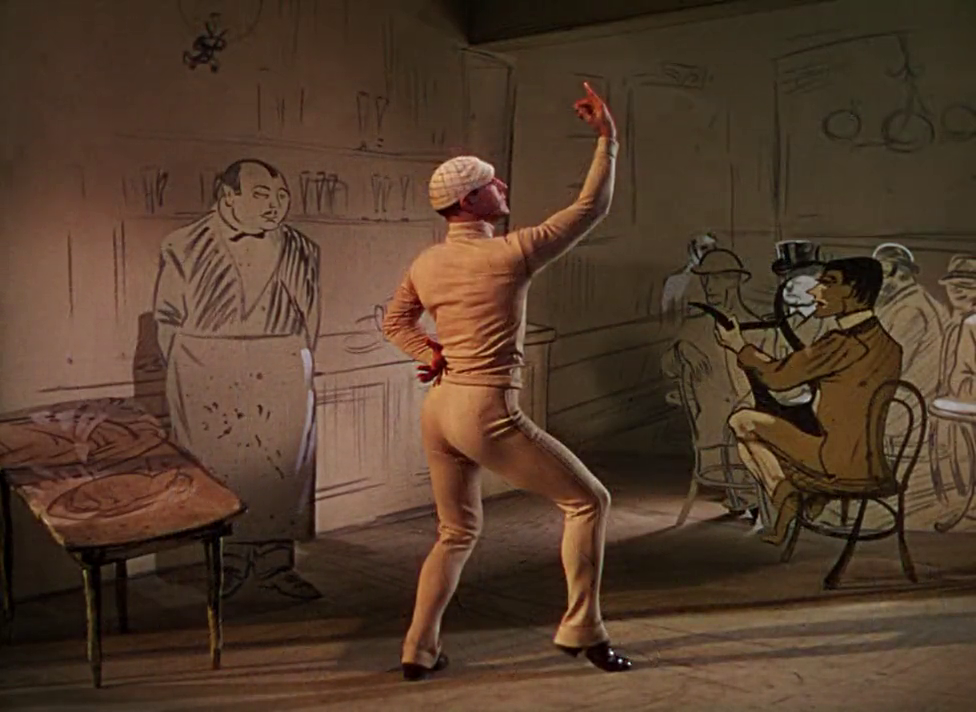
Must See?
Yes, once, as an Oscar-winning (if flawed) classic.
Categories
- Genuine Classic
- Oscar Winner or Nominee
(Listed in 1001 Movies You Must See Before You Die)
Links:
|


